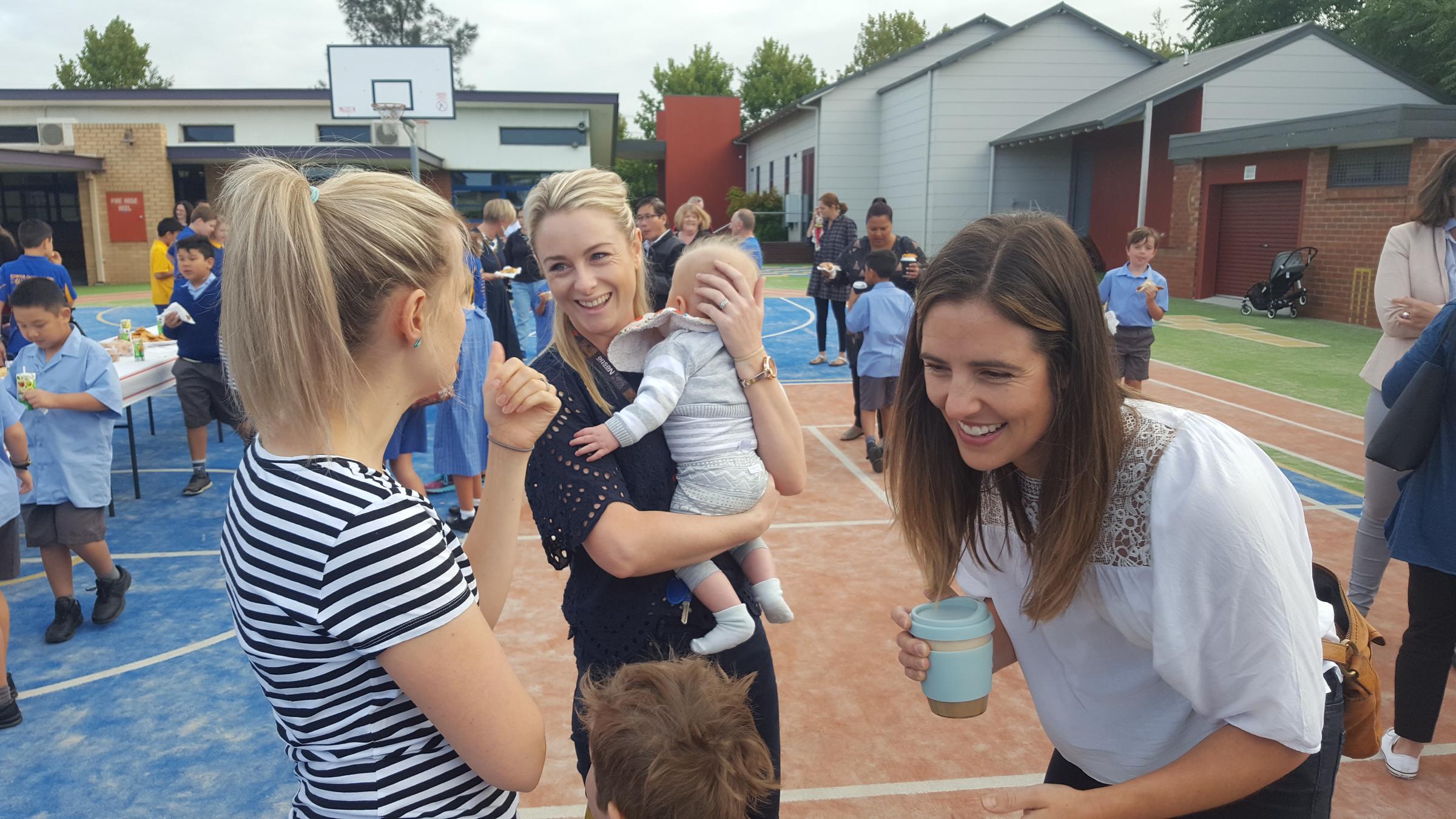Parent Partnerships

The How-to’s of Healthy Parental Involvement
If there’s one thing, more than anything else, that our children need to thrive, it’s healthy involvement. It’s us. Being there. Not just for them, but with them. We don’t just have their back. We’re at their side… in healthy ways.
What involvement looks like
Involvement comes from the Latin: involvere. It means “to envelop, surround”, or literally to “roll into”. Involvement is showing love, warmth, and affection.
In a practical sense, involvement can be ferrying children from one activity to another or eating together; bathing a young child or having bedtime stories. It’s being across their academic, sport, or cultural experiences. How are they going at school or on their sports team? Are they aware that you care, and that you’re there to support them if they need you?
At a deeper level, involvement is being present in their spaces, their conversations, and their activities: their world. This involvement can often be (and probably should most often be) benign background involvement. Perhaps you’re in the kitchen while they’re in the living room or the back yard. But you’re present and aware. You’re having regular conversations to know about their daily discoveries, their friendships, and their life.
It’s also their involvement in your world. Are they cleaning their room with you, or peeling vegetables for dinner with you? Are they involved in dinnertime conversations with you, playing music with you, learning a new game with you, and exercising with you? Our children want to be in our world, particularly when they’re young. Are your little ones – and your big ones – welcome at the dinner table while you’re chatting with friends after a barbecue? Do they get to be involved in your work, your hobbies, and even your chores?
Healthy vs unhealthy involvement
According to Professor Wendy Grolnick, a psychology researcher at Clark University in the USA, involved parents do three thing
- Invest time, attention, and energy
- Gain knowledge about their children’s lives, and
- Provide support.
The crux of this conversation comes down to how we do these things.
We can do this in a controlling way, or we can do it in a need-supportive way. Investing time, attention, and energy into our child’s school experience can be helpful or harmful. It depends on how we do it.
When we invest time and attention in a controlling way, we pore over our children’s results, push our child to do better, corral them into extracurricular coaching, and harangue them for failing to win the dux of kindergarten award! It’s that whole ‘parent harder’ kind of approach to involvement. The investment, the knowledge, and the support are set up with the best of intentions. But it’s us setting the expected standard for them and pushing (sorry … supporting) them to achieve it because we have unilaterally determined that it matters. There’s that intense and controlling involvement that undermines individual motivation and wellbeing. The involvement we share is targeted towards other ends rather than being an end in itself.
A form of involvement in schoolwork that supports relationship needs looks more like us taking an interest, asking how they’re doing, and inviting them to think about how they’d like to do at school, and why. And it’s based on developmentally appropriate timing. Our six-year-old doesn’t need to be chasing straight As! It’s not important for our Grade 3 child to be reading at a high-school level! But … if they love reading and happen to be doing well, great; because they’re volitionally seeking it. Perhaps they’re doing it for the sake of the activity itself. It lights them up. Learning is intrinsically motivating! Oursupport and involvement will facilitate rather than undermine that motivation.
In the mid-1980s, Professor Grolnick completed a study of mothers with their one-year-old children. The mothers were asked to play with their children on the floor with a toy for three minutes while being video recorded. The results were analysed to show their style of involvement. The researchers found that mothers were involved in their children’s play in different ways. Some were controlling, trying to help their child play ‘the right way’. Others were supportive, exploring together and allowing their child to experience the natural delight that comes through their own discovery.
Involvement that supports children’s sense of autonomy and positive relationship creates connection; that sense of being seen, heard, and valued. Involvement that is controlling disrupts theexperience of connection and autonomy.
This healthy supportive (but non-controlling) involvement requires effort. We have to break away from the inertia of our screens, the couch, or our agendas. We also have to break away from the inertia of our upbringing, our insecurity, our ego, and our desires for our children to fulfil their potential based on our preferences. Instead we need to focus on just three things:
- Competence. Support their competence needs by developing structures and boundaries with them.
- Connection. Helping our child feel seen, heard, and valued. And
- Autonomy support. Giving our children a voice and the freedom to figure things out (with our gentle guidance and direction where needed).
Kids thrive under these conditions. And we become better parents.
This is an edited extract from The Parenting Revolution, the new book out now from Dr Justin Coulson.


